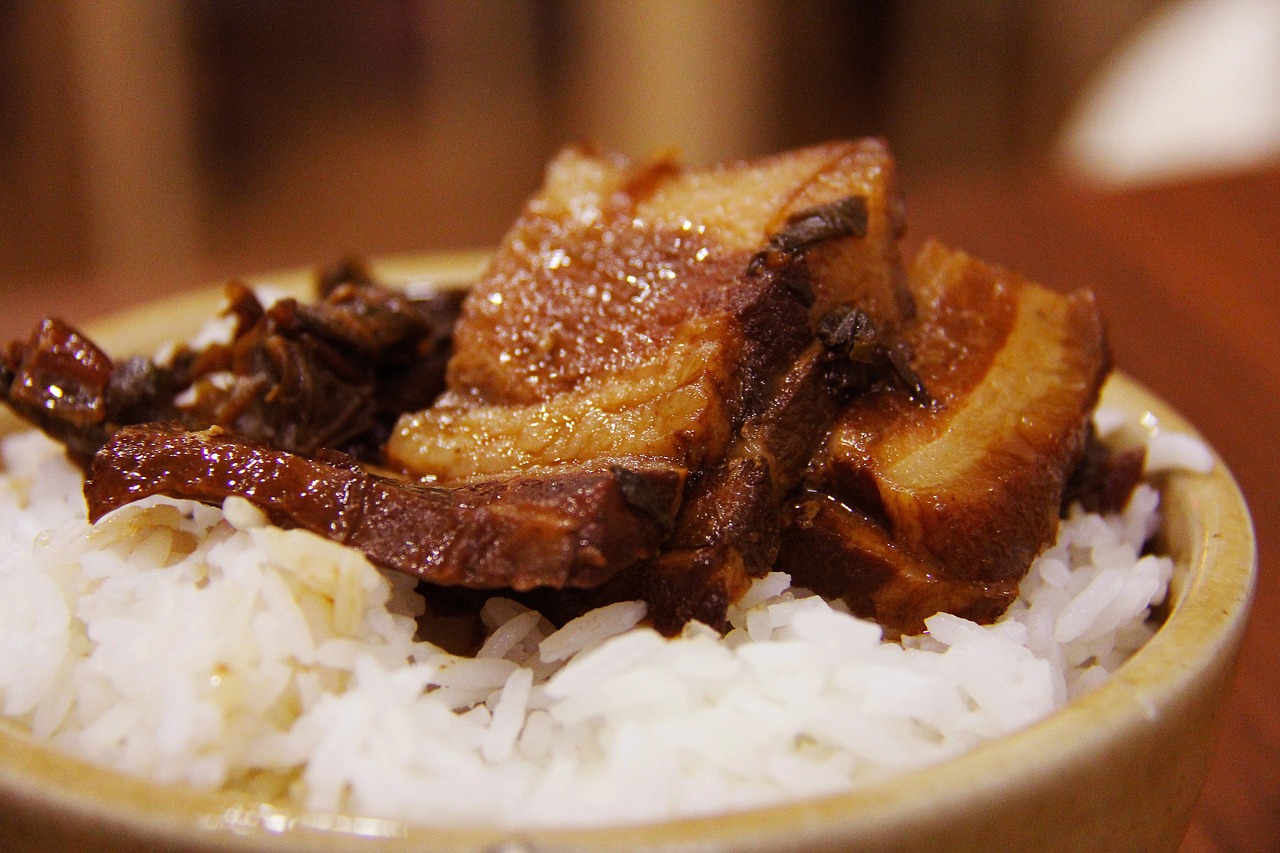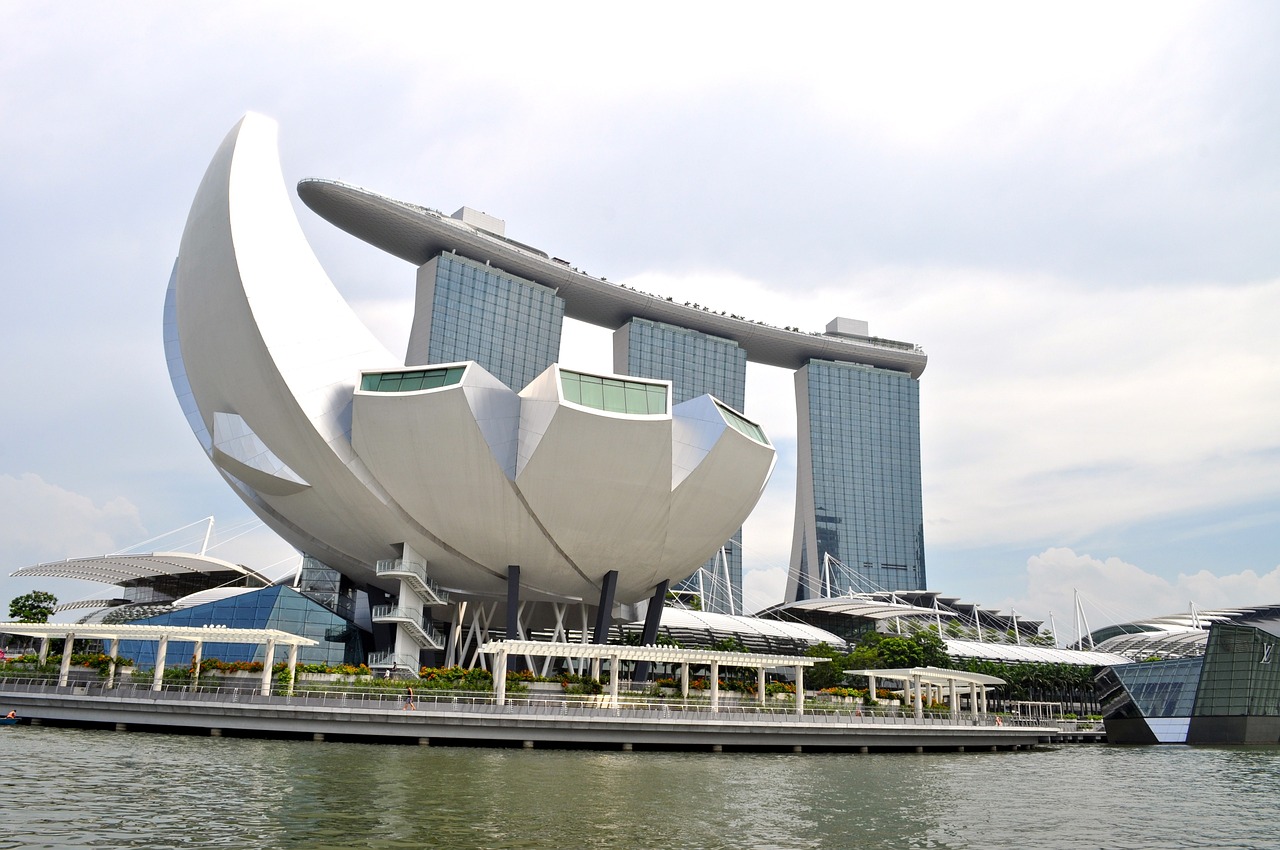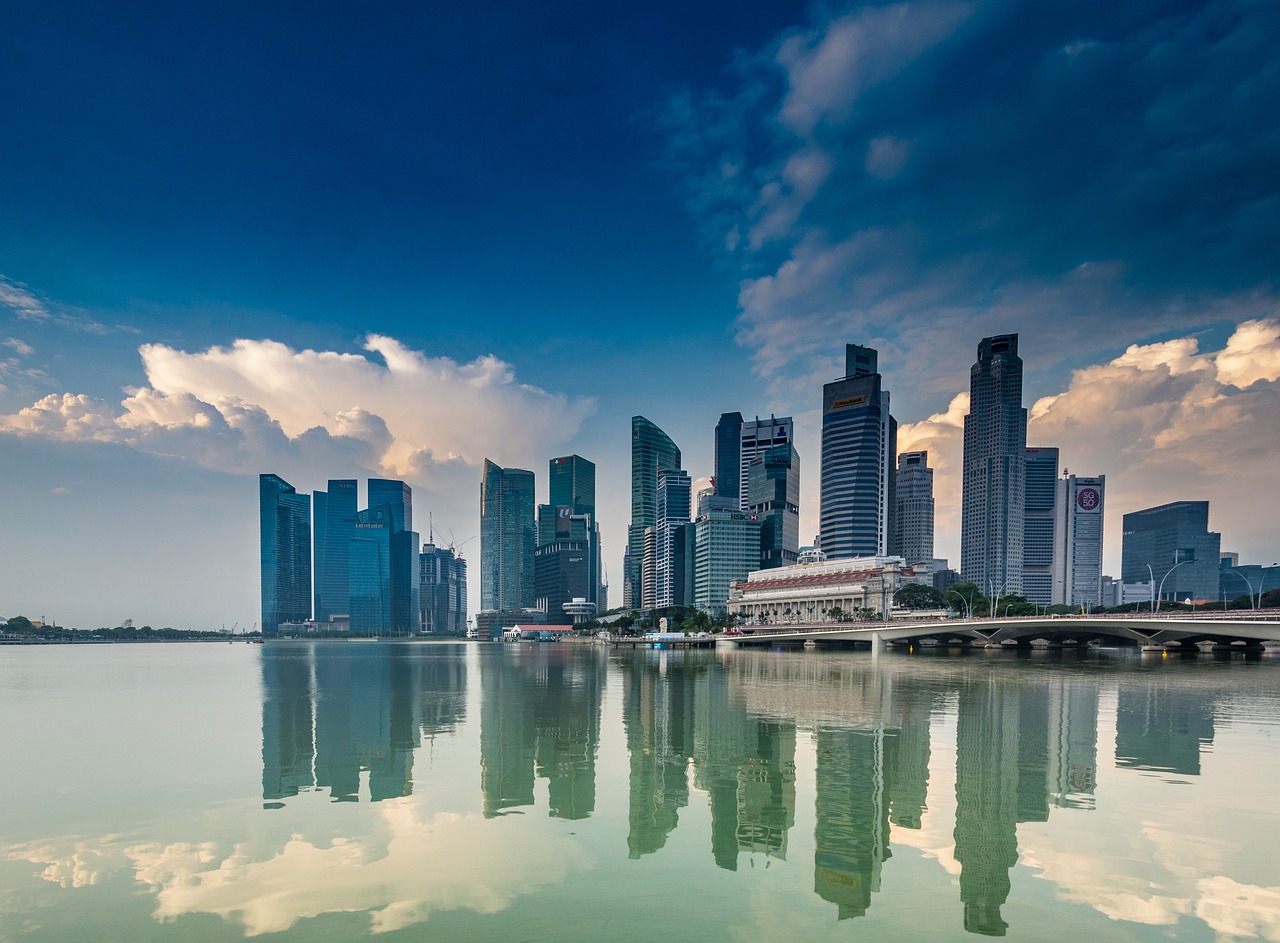Learning Singapore Language: Quick Tips and Resources
Learning a new language can be an exciting and rewarding experience. If you’re interested in learning the Singapore language, also known as Singlish, this article will provide you with quick tips and resources to get started. Singlish is a unique blend of English, Malay, Mandarin, Tamil, and various Chinese dialects commonly spoken in Singapore. It reflects the multicultural nature of the country and has its own distinct vocabulary and grammar.
Section 1: Understanding Singlish
Singlish is a colloquial language widely used in Singapore. It incorporates elements from various languages spoken in the country and has its own unique vocabulary and grammar. Here are some key features of Singlish:
- Singlish Vocabulary: Singlish includes a mix of English, Malay, Mandarin, Tamil, and various Chinese dialects. It has its own vocabulary with words and phrases that may be unfamiliar to non-Singaporeans.
- Pronunciation: Singlish has its own pronunciation patterns, influenced by the languages it draws from. For example, the letter “r” is often dropped at the end of words, and certain vowels may be pronounced differently.
- Grammar: Singlish has a simplified grammar compared to standard English. It may omit articles, use different verb forms, and have unique sentence structures.
- Expressions and Slang: Singlish is known for its colorful expressions and slang. These expressions add a distinct flavor to the language and reflect the local culture.
Section 2: Benefits of Learning Singlish
Learning Singlish can bring several benefits, including:
- Improved Communication: Knowing Singlish can help you communicate more effectively with Singaporeans, especially in informal settings.
- Cultural Understanding: Learning Singlish allows you to gain a deeper understanding of Singaporean culture and connect with locals on a more personal level.
- Enhanced Travel Experience: When visiting Singapore, being able to understand and use Singlish can make your travel experience more enjoyable and immersive.
- Professional Opportunities: In certain industries, such as customer service or hospitality, knowing Singlish can be an advantage and open up job opportunities.
Section 3: Singlish Learning Resources
If you’re interested in learning Singlish, here are some resources to help you get started:
- Online Language Courses: Websites like SinglishClass and SinglishOnline offer online courses specifically designed to teach Singlish. These courses cover vocabulary, pronunciation, and grammar.
- Singlish Phrasebooks: Look for phrasebooks or language guides that focus on Singlish. These resources provide common expressions and phrases used in everyday conversations.
- Language Exchange Programs: Join language exchange programs or communities where you can connect with native Singlish speakers and practice your language skills.
- Language Apps: Explore language learning apps like Duolingo or Memrise, which may offer Singlish as one of the languages you can learn.
Singapore Image 1:

Section 4: Singlish Learning Tips
To enhance your Singlish learning experience, consider the following tips:
- Immerse Yourself: Surround yourself with Singlish-speaking environments, such as watching local Singaporean movies or TV shows, listening to Singlish podcasts, or engaging in conversations with native speakers.
- Practice Regularly: Consistency is key. Set aside dedicated time each day to practice your Singlish skills, whether it’s through listening exercises, reading Singlish texts, or speaking with native speakers.
- Learn Contextually: Pay attention to the cultural nuances and context in which Singlish is used. Understanding the cultural background can help you grasp the meaning behind certain expressions or slang.
- Use Online Forums: Participate in online forums or social media groups where Singlish speakers gather. Engage in discussions and ask questions to improve your understanding and usage of Singlish.
Section 5: Singlish Learning Challenges
Learning Singlish may come with its own set of challenges. Here are a few common ones:
- Language Variation: Singlish is a dynamic language that varies across different age groups, social settings, and regions. Adaptation to these variations can be challenging.
- Code-Switching: Singaporeans often switch between Singlish and standard English depending on the formality of the situation. Understanding and navigating this code-switching can be tricky.
- Misunderstandings: Due to its unique vocabulary and grammar, misunderstandings can occur when communicating in Singlish, especially for non-native speakers.
- Cultural Sensitivity: It’s important to be culturally sensitive when using Singlish, as certain expressions or slang may be considered inappropriate in certain contexts.
Singapore Image 2:

Section 6: Singlish and Singaporean Culture
Singlish is deeply intertwined with Singaporean culture. It reflects the country’s multiculturalism, sense of humor, and unique identity. Understanding Singlish can provide insights into Singaporean values, customs, and way of life.
- Shared Identity: Singlish serves as a language that unites Singaporeans across different ethnicities and languages, fostering a sense of shared identity.
- Informal Communication: Singlish is commonly used in informal settings, such as among friends, family, and colleagues. It adds warmth and familiarity to conversations.
- Humor and Wit: Singlish is known for its playful and witty expressions. It reflects the Singaporean sense of humor and their ability to find humor in everyday situations.
- Cultural Pride: Singaporeans take pride in their unique language and view it as a symbol of their cultural heritage. Learning Singlish can show respect for the local culture.
Section 7: Singlish and Standard English
Singlish and standard English are distinct languages, but they often coexist in Singapore. It’s important to note the differences between them:
- Formality: Standard English is used in formal settings, such as business meetings or academic environments. Singlish, on the other hand, is more commonly used in informal and casual situations.
- Grammar and Vocabulary: Singlish has its own grammar rules and vocabulary, which may differ from standard English. Singlish often incorporates words and phrases from other languages spoken in Singapore.
- Code-Switching: Singaporeans are adept at switching between Singlish and standard English depending on the context. Code-switching allows them to adapt their language to the formality of the situation.
- Acceptance: While Singlish is widely spoken and understood in Singapore, it may not be accepted or understood outside of the country. Standard English is the preferred language for international communication.
Singapore Image 3:

Section 8: Singlish in Everyday Life
Singlish is an integral part of everyday life in Singapore. Here are some common situations where you’re likely to encounter Singlish:
- Hawker Centers: Singapore’s hawker centers are bustling food markets where locals gather to eat. Singlish is commonly heard among the patrons and food vendors.
- Street Markets: Street markets, such as Chinatown or Little India, are vibrant places where Singlish is often used for bargaining and casual conversations.
- Social Gatherings: Singlish is prevalent during social gatherings, such as family gatherings, parties, or informal outings with friends.
- Public Transport: While commuting on buses or trains, you’re likely to hear Singlish in conversations between commuters or announcements made by transport operators.
Section 9: Singlish and Language Evolution
Singlish is an ever-evolving language that continues to adapt and change over time. Its development is influenced by various factors, including:
- Multiculturalism: Singlish reflects Singapore’s multicultural society, with contributions from different languages and dialects spoken by the diverse population.
- Globalization: Exposure to international media and increased connectivity has resulted in the incorporation of English words and phrases into Singlish.
- Social Media and Technology: Social media platforms and technology have influenced the language use among Singaporeans, leading to new expressions and abbreviations.
- Language Policies: Government initiatives to promote standard English have influenced the use of Singlish, but it remains an integral part of Singaporean identity.
Section 10: Singlish and Language Acceptance
Singlish has faced debates regarding its acceptance and use. While some view Singlish as a unique cultural expression, others argue for the importance of standard English for international communication. The linguistic landscape in Singapore continues to evolve, and the acceptance of Singlish varies among different generations and contexts.
- Cultural Identity: Singlish is seen by many as a reflection of Singaporean identity and cultural heritage. It is celebrated as a distinct language that adds vibrancy to the local culture.
- Education and Formal Settings: In formal settings, such as schools and workplaces, there is an emphasis on using standard English for clarity and effective communication.
- Code-Switching: Singaporeans often code-switch between Singlish and standard English to adapt their language to different contexts, showing the coexistence of both languages.
- Language Evolution: The ongoing evolution of Singlish and its influence on the linguistic landscape of Singapore raises questions about its acceptance and future development.
Section 11: Singlish and Language Preservation
Efforts have been made to preserve and promote Singlish as part of Singapore’s cultural heritage. While standard English remains important for international communication, Singlish is recognized as an integral part of Singapore’s linguistic landscape.
- Singaporean Literature: Singlish is featured in Singaporean literature, showcasing its unique expressions and adding authenticity to the stories.
- Arts and Media: Singlish is widely used in Singaporean movies, TV shows, and music, contributing to the preservation and promotion of the language.
- Public Discourse: Singlish is embraced in public discourse, with politicians and public figures occasionally using Singlish expressions to connect with the local population.
- Language Policies: The Singapore government recognizes the cultural value of Singlish while promoting the use of standard English for formal and international communication.
Section 12: Conclusion
Learning Singlish can be a rewarding experience that allows you to connect with Singaporeans on a deeper level and gain insights into their culture. By understanding Singlish’s unique vocabulary, grammar, and expressions, you can enhance your communication skills and appreciate the multicultural nature of Singapore. Embrace the challenges and enjoy the journey of learning Singlish!
References
– SinglishClass: singlishclass.com
– SinglishOnline: singlishonline.com
– Duolingo: duolingo.com
– Memrise: memrise.com

